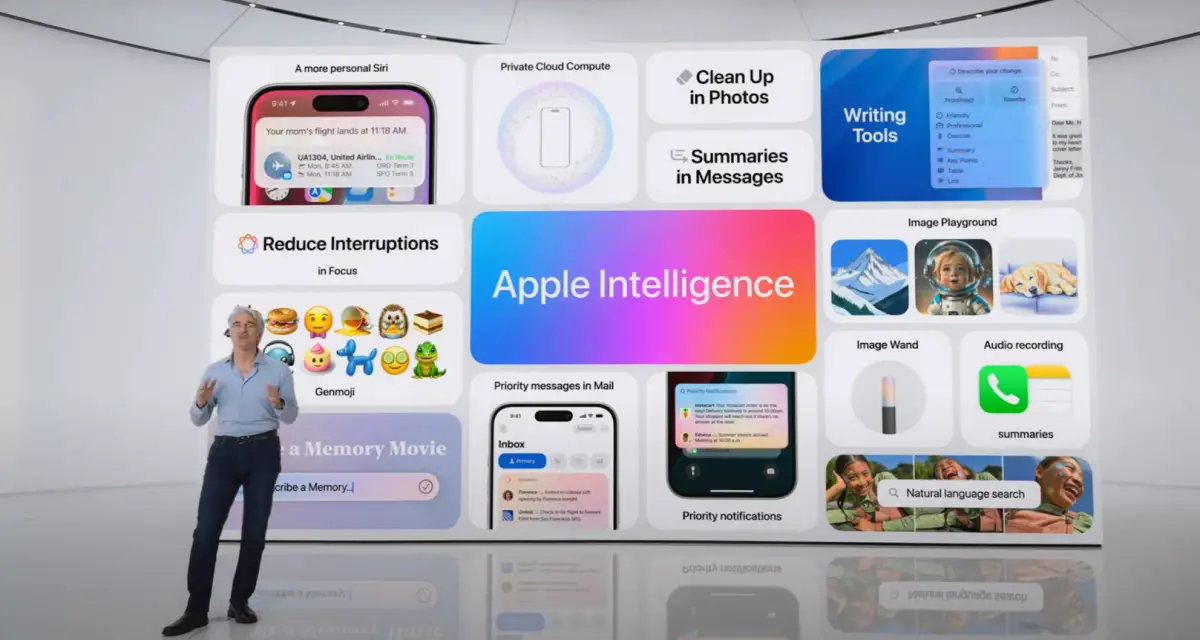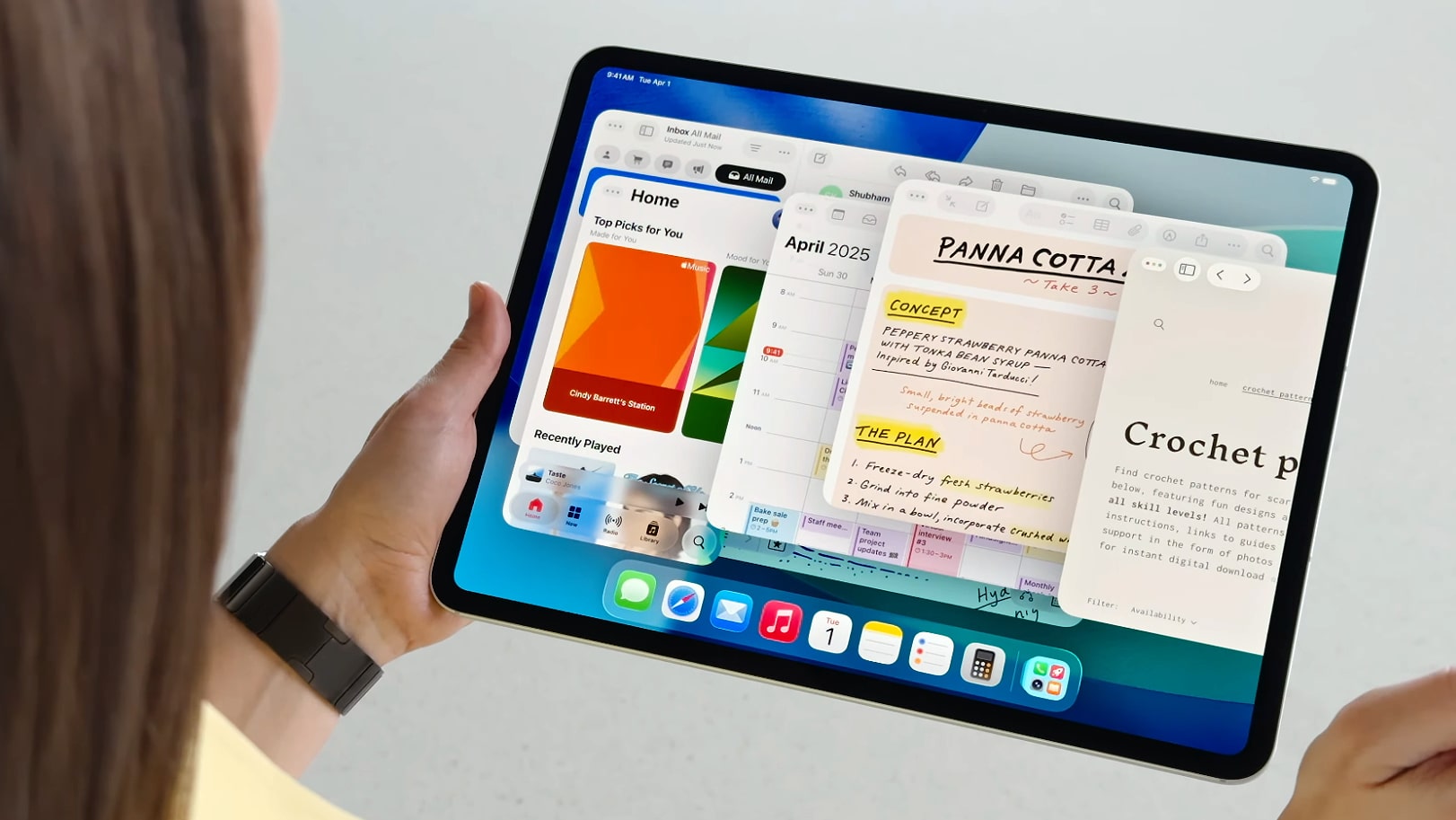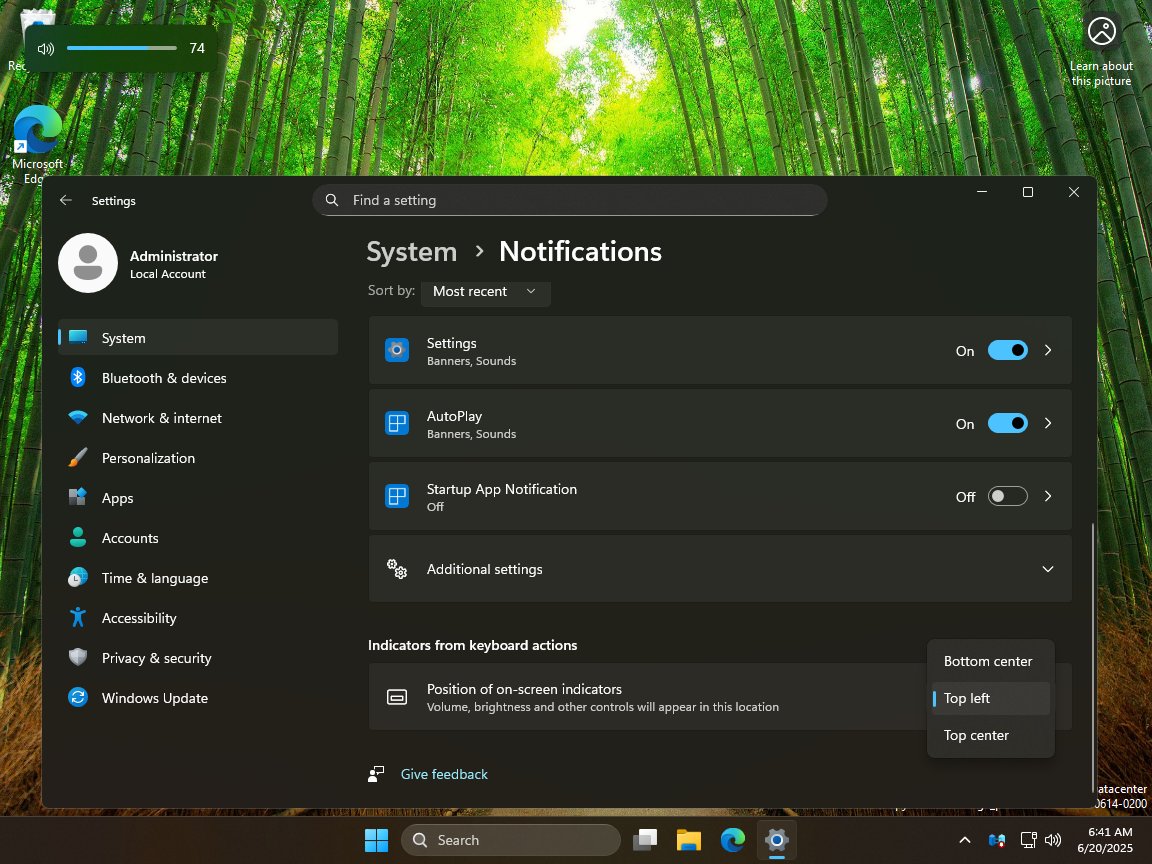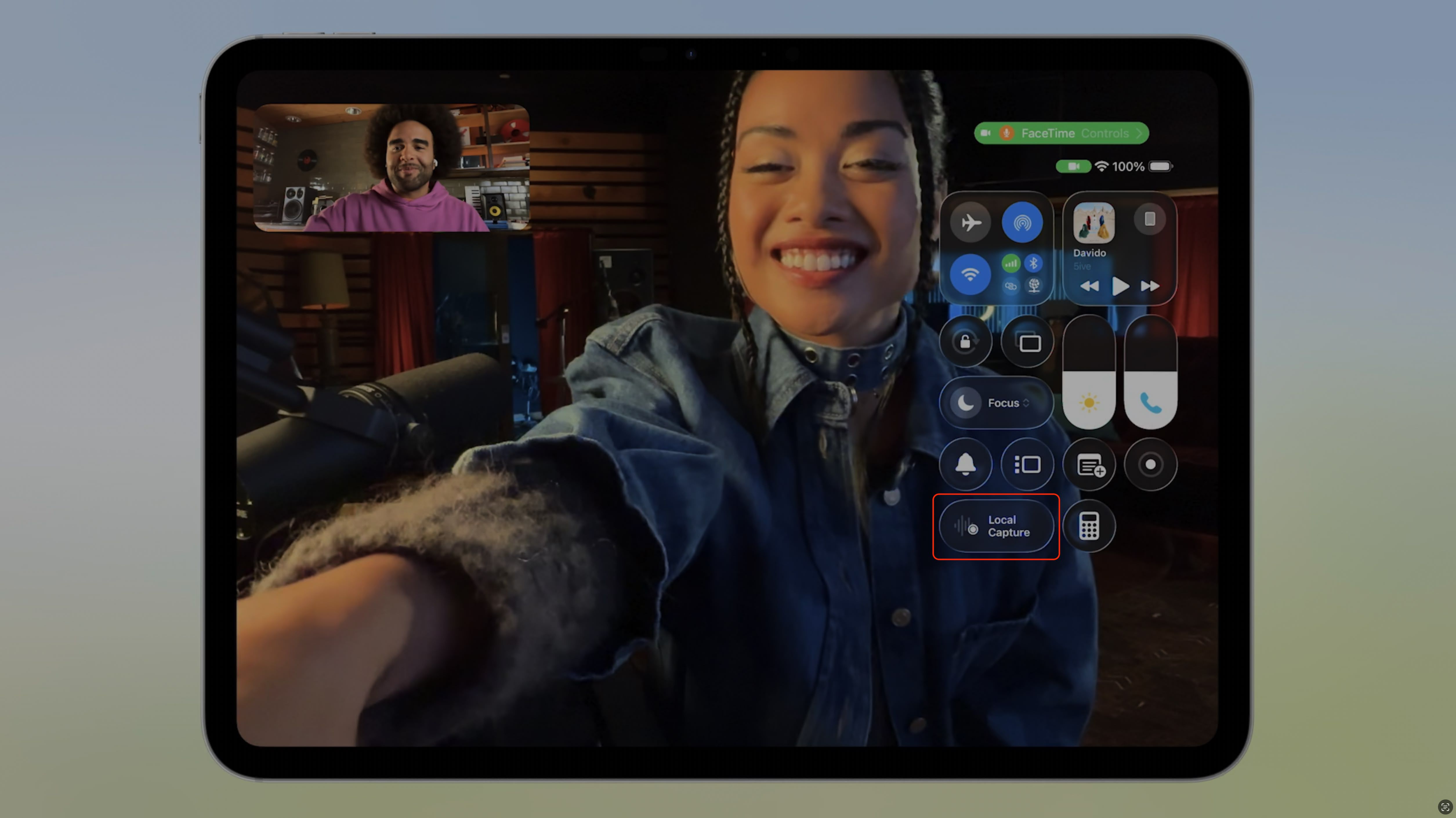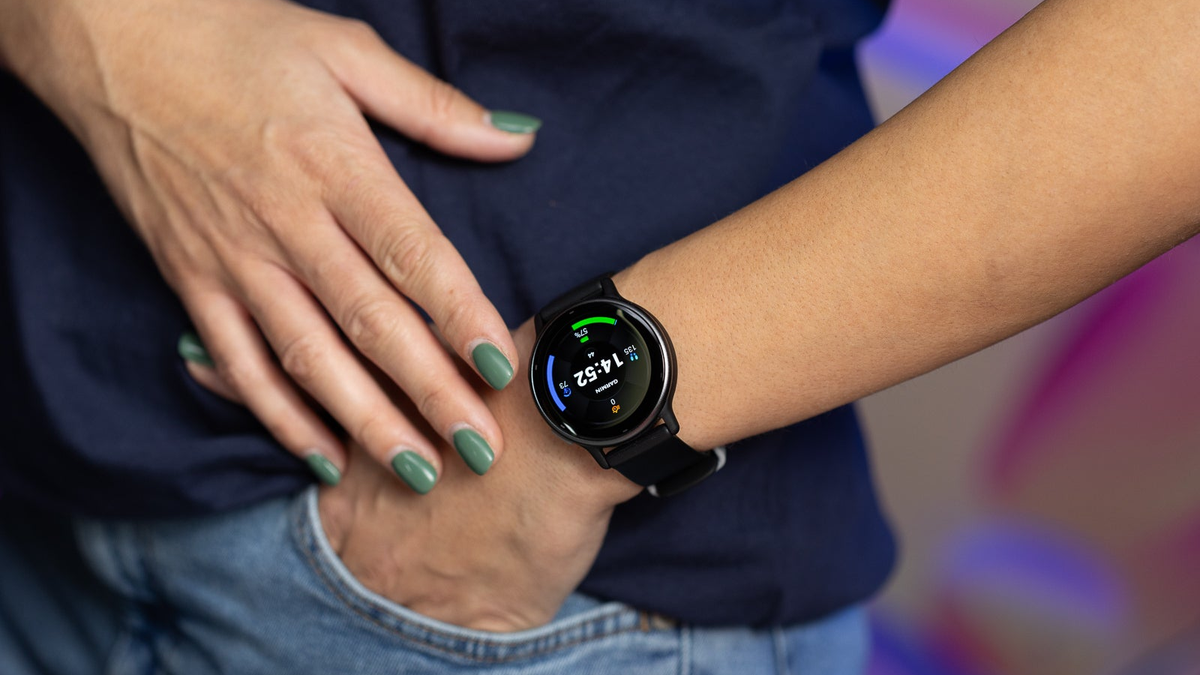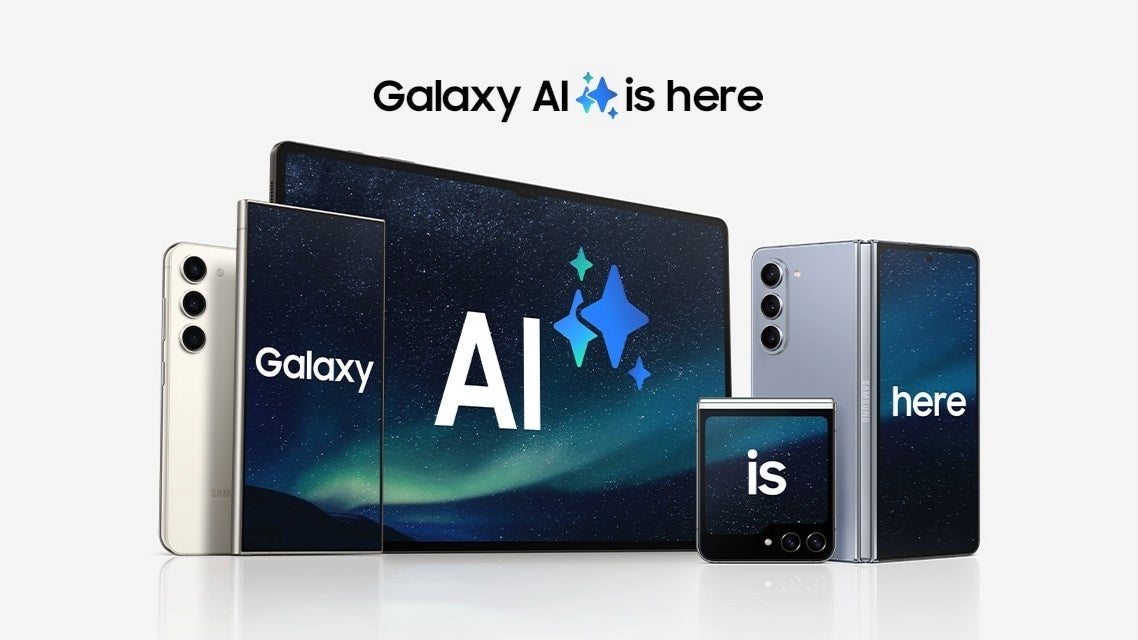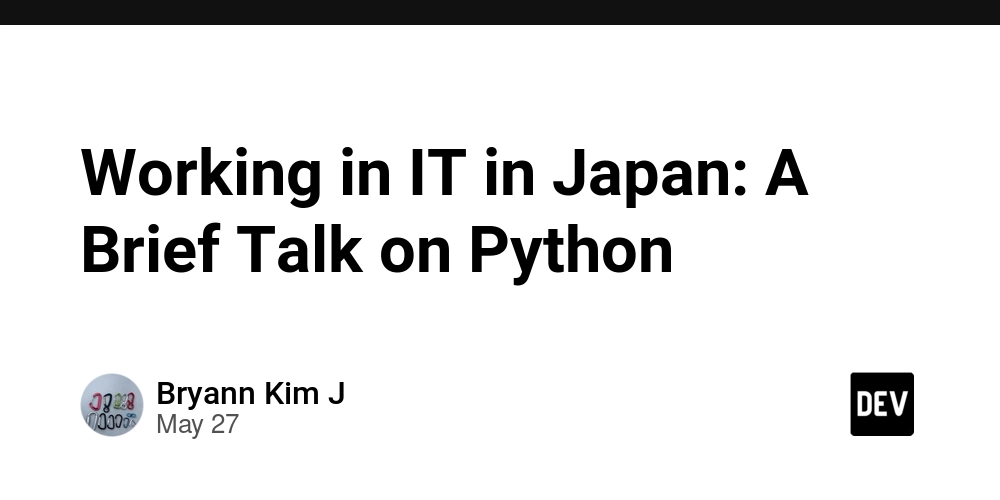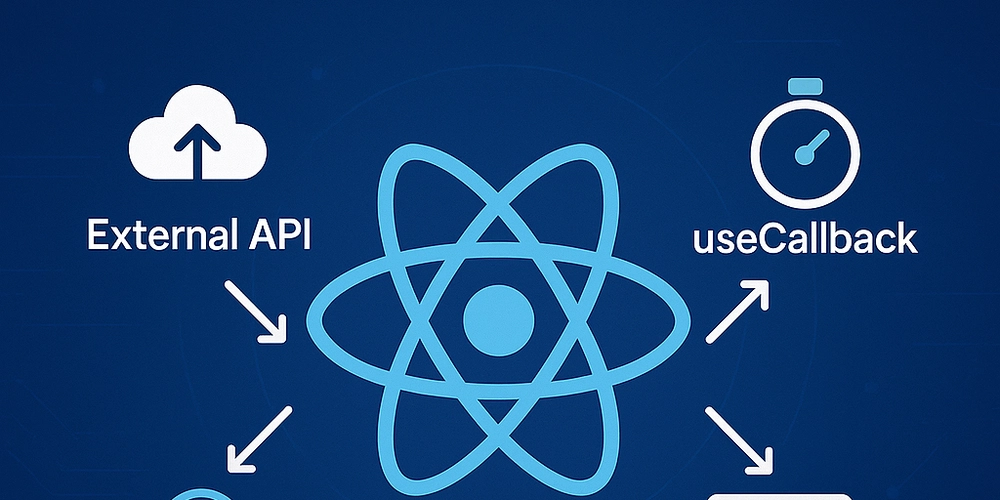What Are Common Beginner Python Coding Questions in 2025?
Python continues to be a popular choice for beginners in the world of programming owing to its simplicity and versatility. As new learners dive into Python in 2025, several common questions arise. This article explores these frequently asked questions and provides guidance for new Python enthusiasts. Introduction Python's extensive library support and readable syntax make it an ideal choice for beginners who are embarking on their coding journey in 2025. However, even with the language's clarity, beginners often encounter hurdles that can be daunting at first. Below, we address some of the most common beginner Python coding questions and provide insights to help new programmers grow their skills. What are Variables and Data Types? One of the first concepts new Python programmers learn is variables and data types. In Python, a variable is a symbolic name that is a reference or pointer to an object. Understanding the different data types such as int, float, str, list, tuple, and dict is foundational to programming in Python. Example: number = 10 # int price = 19.95 # float name = "Python" # str fruits = ["apple", "banana", "cherry"] # list How to Use Loops in Python? Loops are essential for performing repetitive tasks. Beginners often start with 'for' loops and 'while' loops to iterate over sequences or execute a block of code multiple times. Example of a For Loop: for i in range(1, 6): print(i) What is a Function and How to Create One? Functions are reusable blocks of code that carry out a specific task. They help in organizing and managing code more efficiently, especially as the codebase grows. Example Function: def add(a, b): return a + b result = add(5, 3) print(result) # Output: 8 How to Handle Errors Using Try-Except? Error handling is a critical aspect of writing robust Python programs. Beginners need to learn how to manage exceptions to prevent crashes and handle unforeseen errors gracefully. Example of Try-Except: try: result = 10 / 0 except ZeroDivisionError: print("Cannot divide by zero!") How to Work with Libraries and Modules? Python's strength lies in its rich ecosystem of libraries and modules. Understanding how to import and utilize these resources is crucial for beginners aiming to enhance their projects with additional functionality. Example: import math print(math.sqrt(16)) # Output: 4.0 Displaying Images in Python GUIs Users often seek to enhance their Python applications with graphical user interfaces (GUIs) that include images. Here are some useful resources: To learn about setting an image as a background in wxPython, refer to wxpython image background. For details on displaying an image using Tkinter, visit display image in tkinter python. Lastly, scaling plots using wxPython can be explored at scale plot wxpython. Conclusion These fundamental questions and resources can significantly aid beginners in overcoming the early challenges of learning Python in 2025. As new developers become more comfortable with these concepts, they can progressively delve into advanced topics and harness the full potential of Python. With persistent practice and exploration, the possibilities are endless in the Python programming landscape.

Python continues to be a popular choice for beginners in the world of programming owing to its simplicity and versatility. As new learners dive into Python in 2025, several common questions arise. This article explores these frequently asked questions and provides guidance for new Python enthusiasts.
Introduction
Python's extensive library support and readable syntax make it an ideal choice for beginners who are embarking on their coding journey in 2025. However, even with the language's clarity, beginners often encounter hurdles that can be daunting at first. Below, we address some of the most common beginner Python coding questions and provide insights to help new programmers grow their skills.
What are Variables and Data Types?
One of the first concepts new Python programmers learn is variables and data types. In Python, a variable is a symbolic name that is a reference or pointer to an object. Understanding the different data types such as int, float, str, list, tuple, and dict is foundational to programming in Python.
Example:
number = 10 # int
price = 19.95 # float
name = "Python" # str
fruits = ["apple", "banana", "cherry"] # list
How to Use Loops in Python?
Loops are essential for performing repetitive tasks. Beginners often start with 'for' loops and 'while' loops to iterate over sequences or execute a block of code multiple times.
Example of a For Loop:
for i in range(1, 6):
print(i)
What is a Function and How to Create One?
Functions are reusable blocks of code that carry out a specific task. They help in organizing and managing code more efficiently, especially as the codebase grows.
Example Function:
def add(a, b):
return a + b
result = add(5, 3)
print(result) # Output: 8
How to Handle Errors Using Try-Except?
Error handling is a critical aspect of writing robust Python programs. Beginners need to learn how to manage exceptions to prevent crashes and handle unforeseen errors gracefully.
Example of Try-Except:
try:
result = 10 / 0
except ZeroDivisionError:
print("Cannot divide by zero!")
How to Work with Libraries and Modules?
Python's strength lies in its rich ecosystem of libraries and modules. Understanding how to import and utilize these resources is crucial for beginners aiming to enhance their projects with additional functionality.
Example:
import math
print(math.sqrt(16)) # Output: 4.0
Displaying Images in Python GUIs
Users often seek to enhance their Python applications with graphical user interfaces (GUIs) that include images. Here are some useful resources:
- To learn about setting an image as a background in wxPython, refer to wxpython image background.
- For details on displaying an image using Tkinter, visit display image in tkinter python.
- Lastly, scaling plots using wxPython can be explored at scale plot wxpython.
Conclusion
These fundamental questions and resources can significantly aid beginners in overcoming the early challenges of learning Python in 2025. As new developers become more comfortable with these concepts, they can progressively delve into advanced topics and harness the full potential of Python. With persistent practice and exploration, the possibilities are endless in the Python programming landscape.



















































































































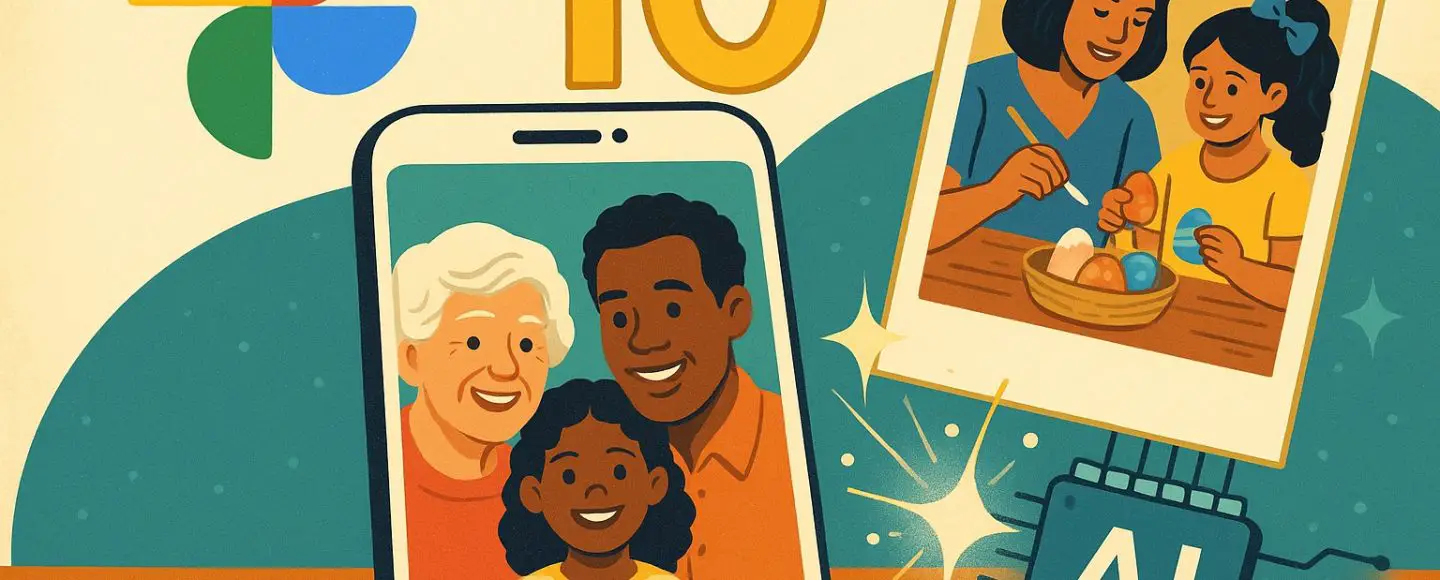
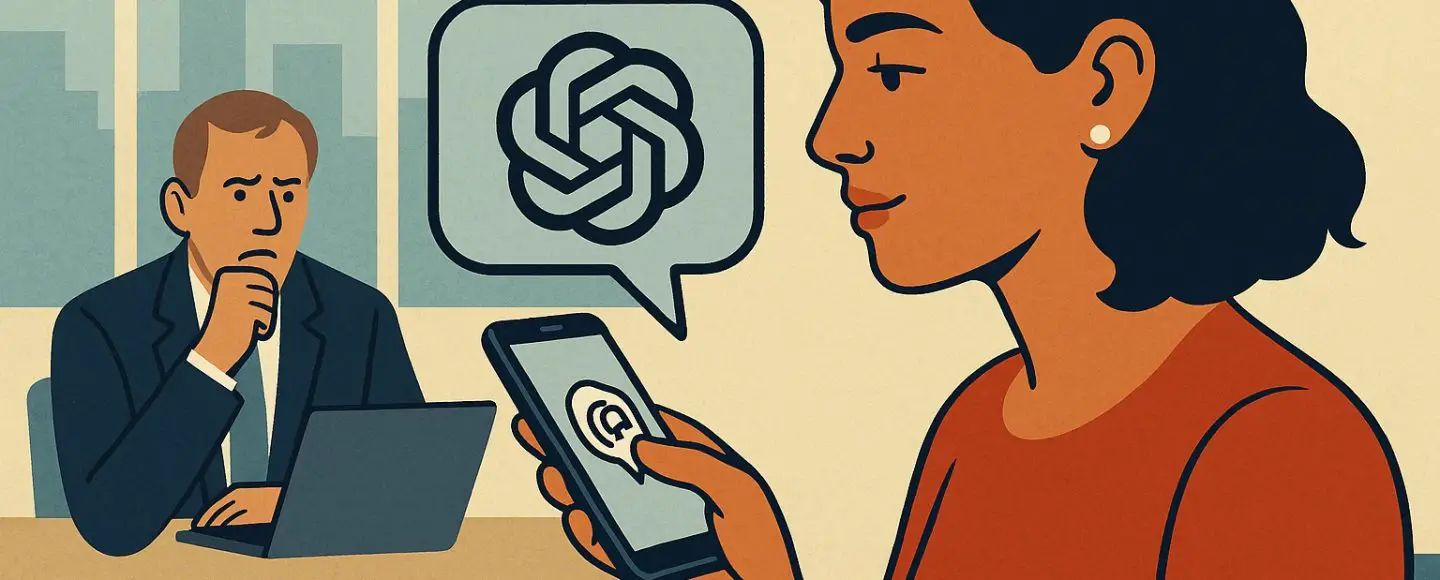
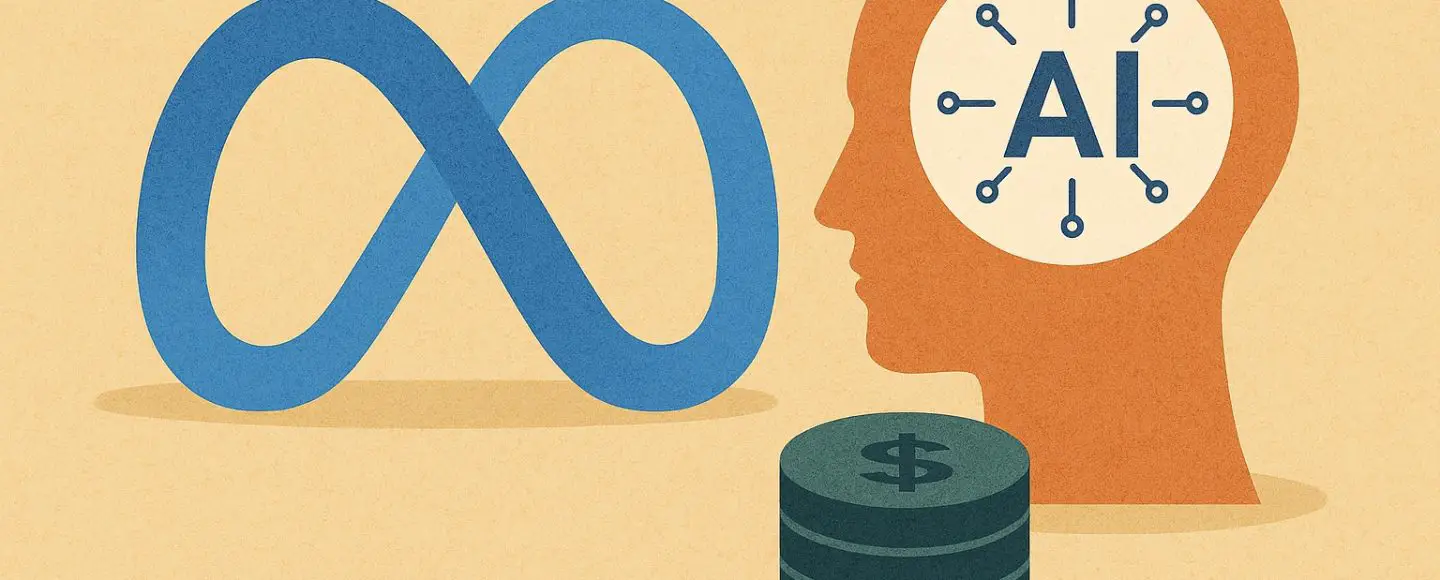
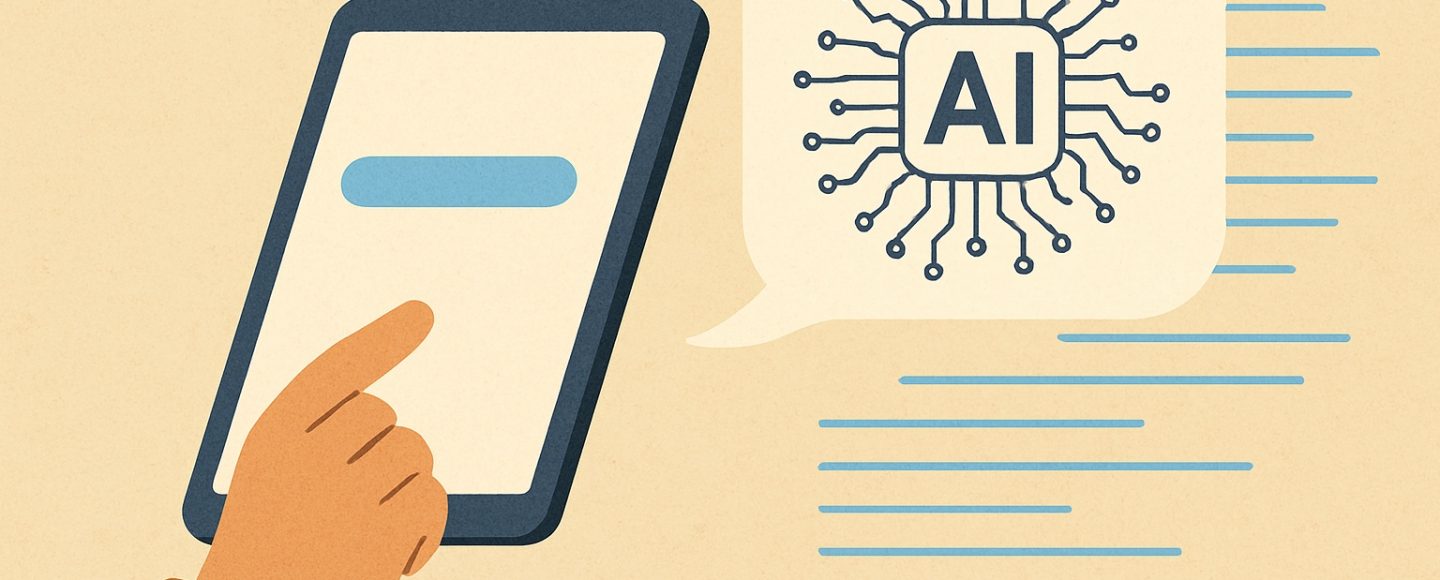























































![[The AI Show Episode 154]: AI Answers: The Future of AI Agents at Work, Building an AI Roadmap, Choosing the Right Tools, & Responsible AI Use](https://www.marketingaiinstitute.com/hubfs/ep%20154%20cover.png)
![[The AI Show Episode 153]: OpenAI Releases o3-Pro, Disney Sues Midjourney, Altman: “Gentle Singularity” Is Here, AI and Jobs & News Sites Getting Crushed by AI Search](https://www.marketingaiinstitute.com/hubfs/ep%20153%20cover.png)























































































































![[FREE EBOOKS] The Chief AI Officer’s Handbook, Natural Language Processing with Python & Four More Best Selling Titles](https://www.javacodegeeks.com/wp-content/uploads/2012/12/jcg-logo.jpg)



















































.png?width=1920&height=1920&fit=bounds&quality=70&format=jpg&auto=webp#)



















![GrandChase tier list of the best characters available [June 2025]](https://media.pocketgamer.com/artwork/na-33057-1637756796/grandchase-ios-android-3rd-anniversary.jpg?#)




































































_Frank_Peters_Alamy.jpg?width=1280&auto=webp&quality=80&disable=upscale#)


















































































![Watch a video & download Apple's presentation to get your parents to buy you a Mac [U]](https://photos5.appleinsider.com/gallery/64090-133432-The-Parent-Presentation-_-How-to-convince-your-parents-to-get-you-a-Mac-_-Apple-1-18-screenshot-xl.jpg)

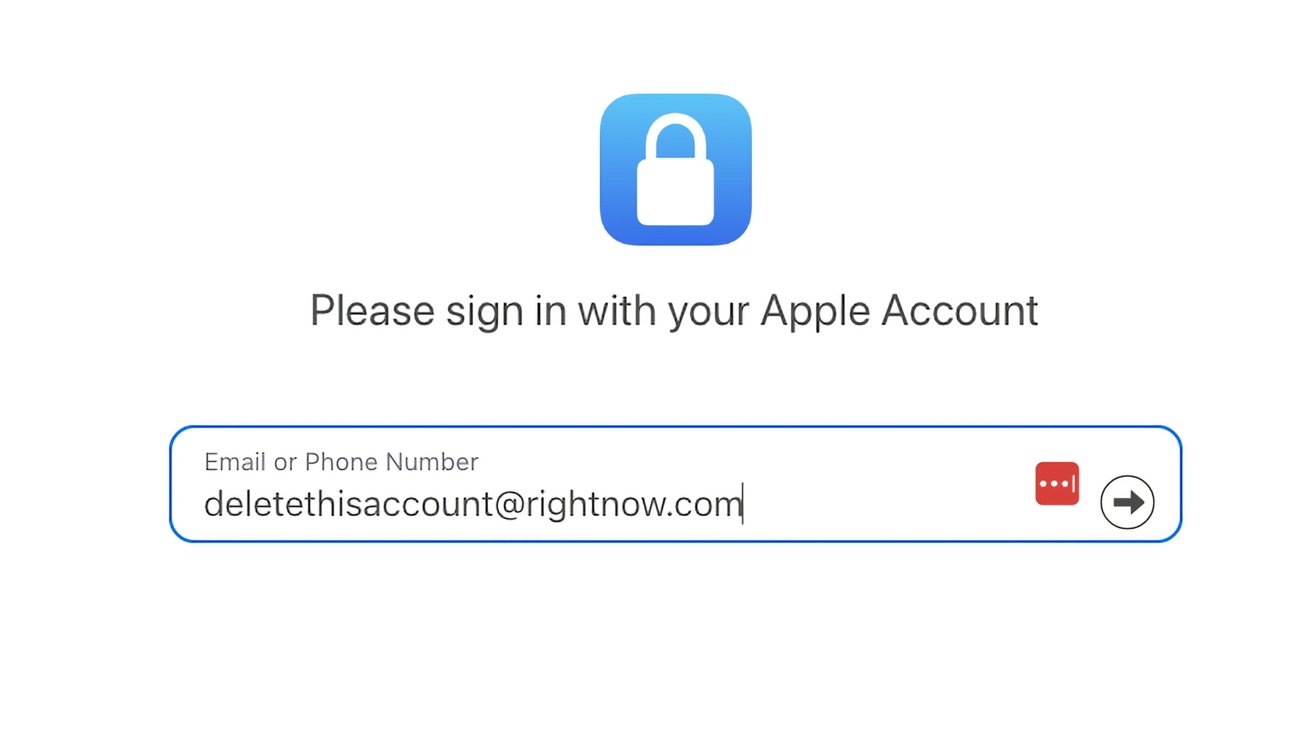

























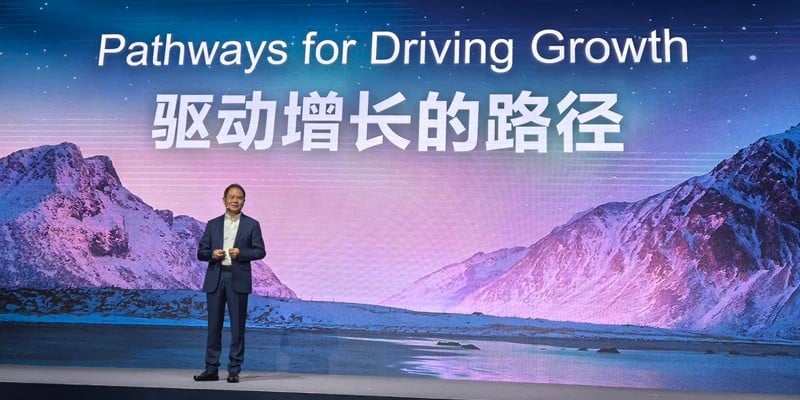


![iPhone 17 Pro to Feature Vapor Chamber Cooling System Amid 'Critical' Heat Issue [Rumor]](https://www.iclarified.com/images/news/97676/97676/97676-640.jpg)
![Apple May Make Its Biggest Acquisition Yet to Fix AI Problem [Report]](https://www.iclarified.com/images/news/97677/97677/97677-640.jpg)
![Apple Weighs Acquisition of AI Startup Perplexity in Internal Talks [Report]](https://www.iclarified.com/images/news/97674/97674/97674-640.jpg)
![Oakley and Meta Launch Smart Glasses for Athletes With AI, 3K Camera, More [Video]](https://www.iclarified.com/images/news/97665/97665/97665-640.jpg)














